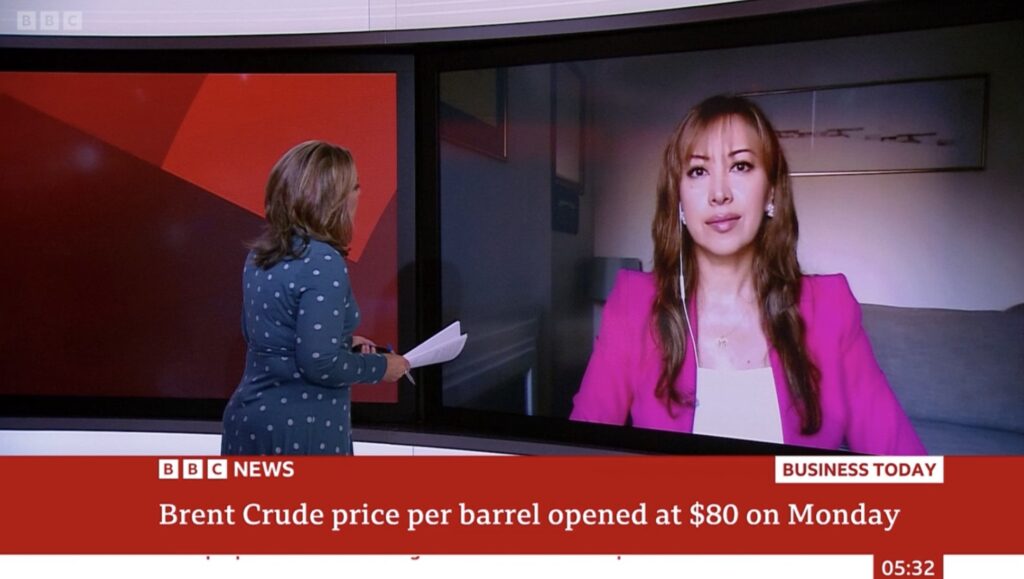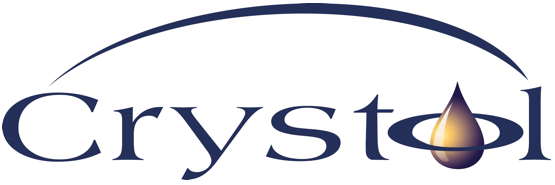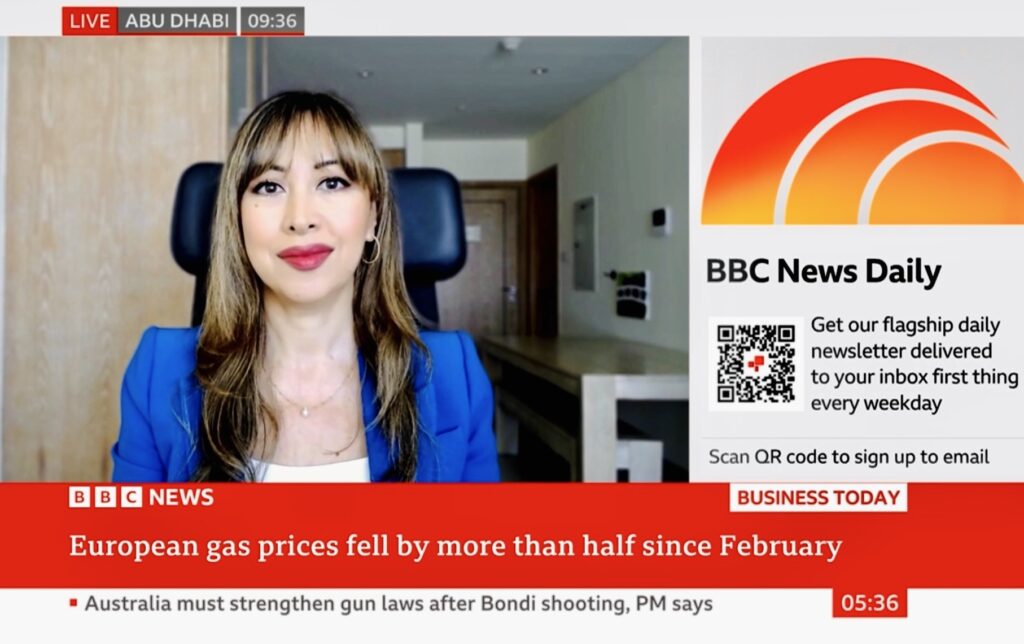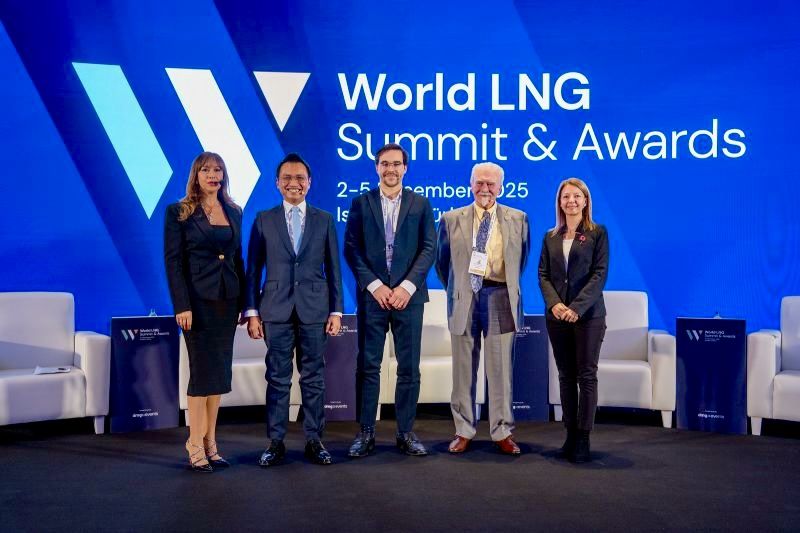In her latest interview with Sally Bundock from BBC News, Dr. Carole Nakhle, CEO of Crystol Energy, discusses escalating tensions in the Middle East and their impact on the oil market’s fear premium.
The Middle East just edged closer to a dangerous tipping point. With the latest U.S. strikes, the long-simmering confrontation with Iran has entered a new and more volatile phase. The immediate casualty? Market stability. Fear is now priced into oil, and the fear is real.
Markets’ first reaction: higher prices. That’s the geopolitical premium at work. How big is it? No one knows precisely. But the formula is simple: the greater the fear, the greater the premium. And today, the fear is rising.
So far, actual disruptions to oil supply haven’t materialized. But with tensions this high, it’s no longer a remote risk. Iranian retaliation is almost certain—but how, where, and when are the variables that matter most to oil traders.

If physical supply is hit, the scale will define the shock. The good news: the world is currently well-supplied. U.S. shale continues to pump hard, and OPEC+ has been loosening the taps since May. Demand, for now, is steady but far from soaring. Still, higher prices will be music to the ears of U.S. producers who need higher prices to deliver “drill, baby, drill.”
The real wildcard is the Strait of Hormuz—the chokepoint through which 20% of the world’s oil flows (and a fifth of LNG). Iran has long threatened to close it. So far, it hasn’t. But with pressure mounting and regional influence waning, Tehran may reach for its most dangerous card. Even short of closure, Iran can disrupt traffic through harassment or signal spoofing.
But there’s a catch: Iran risks dragging its own neighbours—and its last-standing buyers—into the mess. China is Iran’s oil lifeline, and Beijing won’t welcome instability in the Gulf.
And let’s not forget: Iran also relies on the Strait to export its crude. Iraq and Kuwait are equally vulnerable. Saudi Arabia and the UAE, with alternate routes, have more room to maneuver.
We should, however, be cautious about making extreme oil price forecasts. This isn’t the 1970s or 80s. Today’s oil market is fundamentally different: more diversified, more resilient, and with greater supply flexibility, particularly outside OPEC.
Related Comments
“Oil prices surge after Israeli-Iranian tensions“, Dr Carole Nakhle, June 2025
“Israel Attack On Iran Could Impact Global Monetary Policy“, Christof Rühl, June 2025








